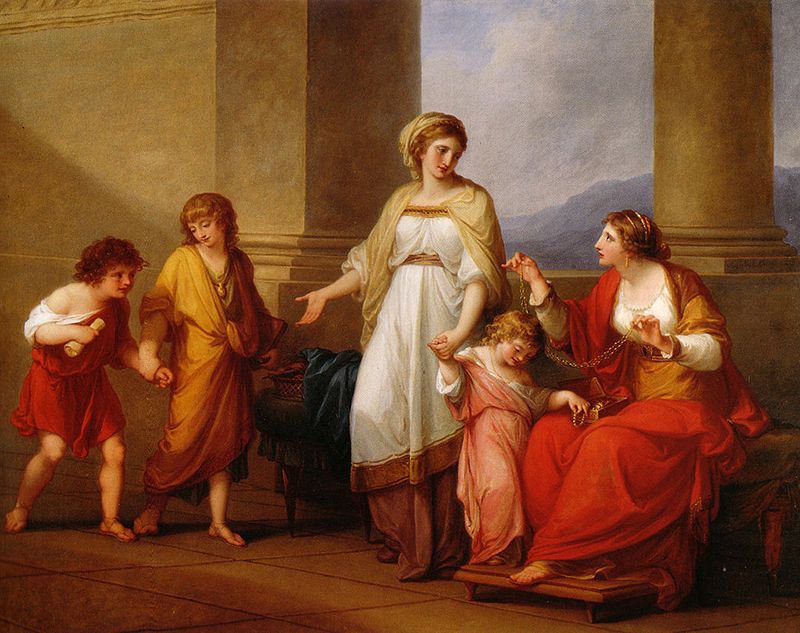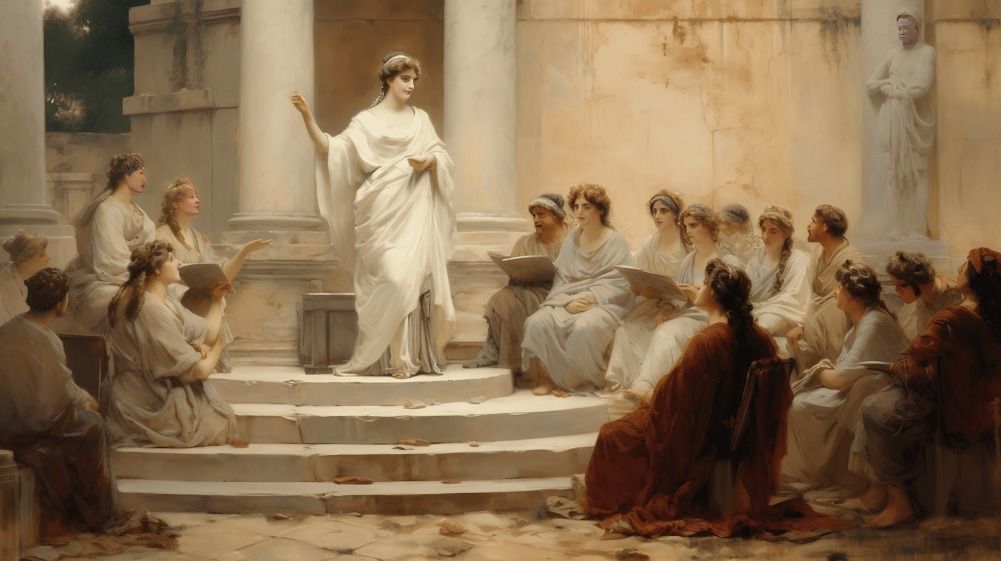
“
In the annals of history, the role of women in ancient Rome remains a captivating subject, offering insights into their societal contributions and challenges. This blog delves into 20 intriguing facts about the role of women in ancient Rome, illuminating their social status, legal rights, cultural roles, and enduring legacy.1
1
”
Women in ancient Rome held pivotal roles in managing households, overseeing domestic affairs, and safeguarding family honor. They were responsible for maintaining the day-to-day operations of their homes and ensuring the well-being of their families1
Roman law afforded women certain property rights, allowing them to inherit and manage wealth independently of male guardianship. This legal autonomy provided some women with financial stability and the ability to engage in economic transactions.2
Marriage was not only a personal union but also a crucial social institution in ancient Rome. Fathers often arranged marriages to strengthen familial and social ties, emphasizing alliances and economic considerations over romantic inclinations.3
Wealthy Roman women played significant roles in philanthropic activities and public works. Their contributions ranged from funding public buildings to organizing charitable events that benefited the less fortunate.4

Women played central roles in the upbringing and education of children, instilling cultural values and preparing them for societal roles. Their influence extended beyond the household, shaping the future generations of Roman citizens.
Women held important religious roles as priestesses in ancient Rome, participating in ceremonies and rituals dedicated to various deities. Some cults were exclusively reserved for women, highlighting their spiritual and ceremonial significance.5
While formal education for girls was limited, women from noble families often received basic literacy and household management training. This education prepared them for their roles as educated matrons overseeing their households and children's upbringing.6
She could own property, but her control over its management was limited. Although she had legal rights to possession, decisions regarding its use and administration were typically overseen by male guardians or family members.7
Women's hairstyles and adornments were significant indicators of their social status and roles within society. Fashion choices conveyed messages about wealth, status, and adherence to cultural norms, influencing their social interactions and perceptions.8
Women actively participated in social gatherings, religious festivals, and public events, contributing to community cohesion and social networks. These occasions provided opportunities for women to exert influence.9
From birth, girls were seen as under male authority. Their names often mirrored their father's, such as a daughter of Claudius being named Claudia. This practice reflected their familial and societal roles within Roman society.10
As the Roman Empire aged, women gained increased freedom, largely due to the number of children they bore. Their role as prolific mothers often afforded them more influence and autonomy within their families and society.11
Women's health and well-being were primarily managed by female healers and midwives in ancient Rome. Herbal remedies, rituals, and medical practices tailored to women's specific needs played crucial roles in maintaining their health and fertility.12
While divorce was permissible under Roman law, societal norms discouraged it, especially for women. Divorced women often faced social stigma and financial insecurity, highlighting the complexities of marital norms and gender expectations.13

Women made significant cultural contributions to Roman society through art, literature, and music. Despite facing barriers to recognition, some women artists, poets, and musicians left lasting legacies that enriched Roman cultural life.
Some Roman women engaged in small-scale trade, business ventures, and financial investments, contributing to the Roman economy alongside their male counterparts. Their economic activities provided avenues for financial independence.14
Legal protections afforded by Roman laws offered women some safeguards against abuse and mistreatment. These laws evolved over time, reflecting changing social attitudes and norms towards women's rights and protections.15
Women in ancient Rome often had to marry at a young age, sometimes even before turning 20. Early marriage was common, reflecting societal expectations and the importance placed on family alliances and reproduction.16
Livia Drusilla, wife of Emperor Augustus, was a formidable figure in Roman politics, known for her intelligence and influence. She skillfully secured the succession of her son Tiberius as emperor, embodying the ideal of a devoted Roman matron.17
Some Roman women actively participated in supporting military efforts by funding and organizing supplies for soldiers, showcasing their indirect but crucial role in Roman warfare.18

